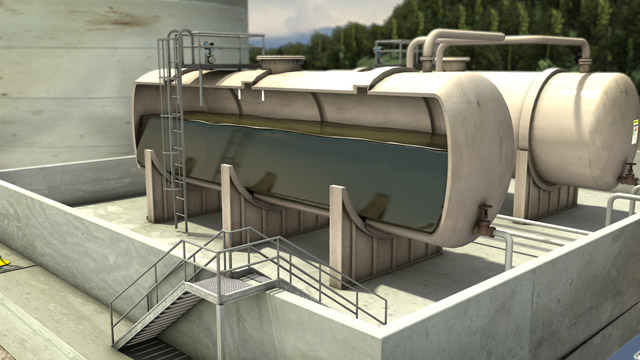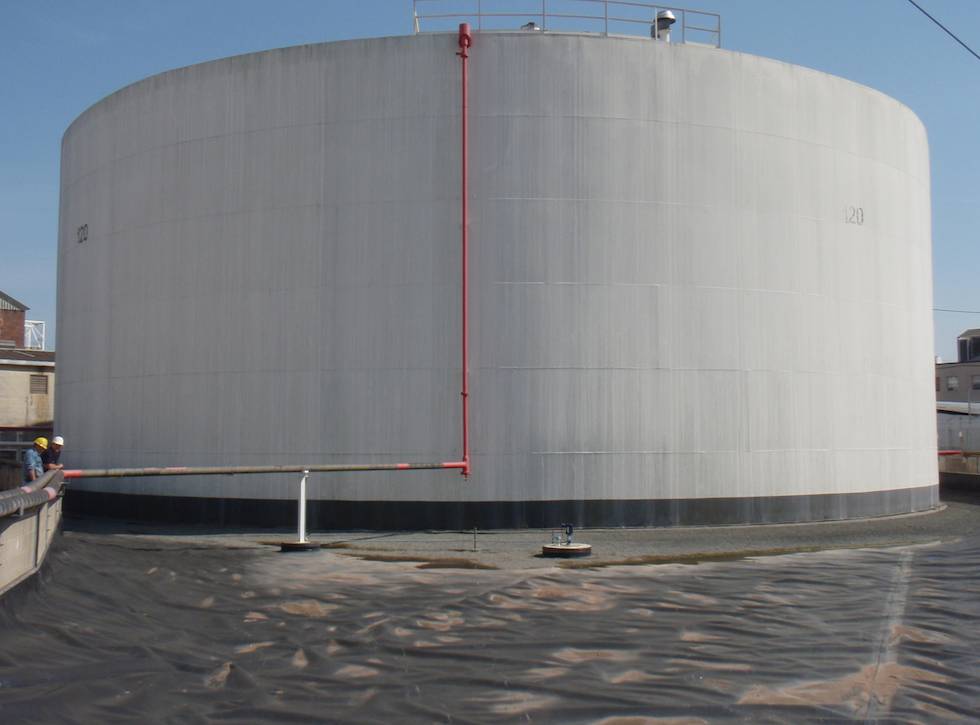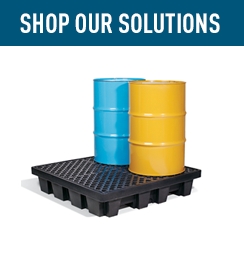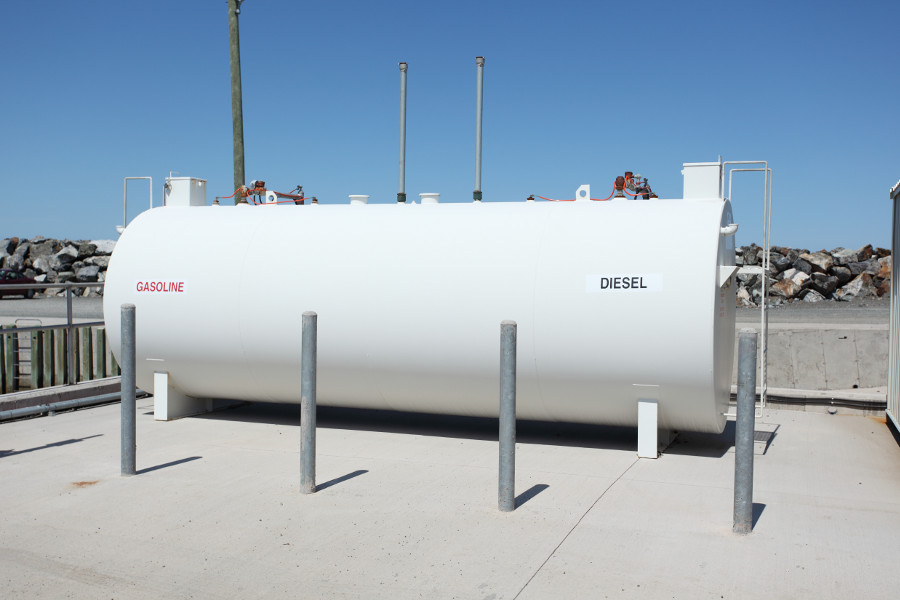Stipulates guidelines to be followed for the containment and maintenance of above ground storage tanks and foor processing or transfer areas with potential for spills or leaks.
Secondary containment for above ground storage tanks.
A secondary containment system provides an essential line of defense in the event of a failure of the primary containment such as a bulk storage container a mobile or portable container piping or oil filled equipment.
The secondary volume of a single storage tank must be at least 110 of the tank.
Think of it as a security blanket for your operation.
Above each facility must comply with specific secondary containment and other requirements for bulk storage containers including.
For a storage tank system that consists of a single storage tank have a volumetric capacity of not less than 110 of the capacity of the tank.
Facilities with more than one tank must have secondary containment of at least 150 of the largest tank s volume or 10 of the total volume of all containers whichever is greater.
Regardless implementing secondary containment protocols for aboveground storage tanks should be a best practice for any facility no matter where it s located.
Containment sized to hold the entire capacity of the largest single container or tank with sufficient freeboard to also contain precipitation.
Tags containment storage tanks industrial waste wastewater.
Guidelines for secondary containment for above ground storage tanks more.
Epa s spill prevention control and countermeasure spcc regulation 40 cfr part 112.
Pursuant to aboveground storage tank regulations all ast installations are to be constructed so that secondary containment of stored liquids is provided for the entire contents of the largest single container and enough freeboard to contain precipitation.
Facilities with aboveground storage tanks asts holding oils of any kind may be subject to u s.
Secondary containment for asts is defined as capturing the entire contents of the largest tank in the containment area in the event of a leak or spill.
Doing so allows sufficient time for cleaning up the product before it moves beyond the secondary containment envelope and poses a more serious safety and environmental contamination hazard.
The spcc regulation does not specifically use the term ast but rather includes asts under the term bulk storage container.
3 9 1 1 subject to sentences 2 and 3 a secondary containment system for an aboveground storage tank shall.
Aboveground storage tanks at industrial facilities are often exposed to storm water.















%20resized.jpg)





























